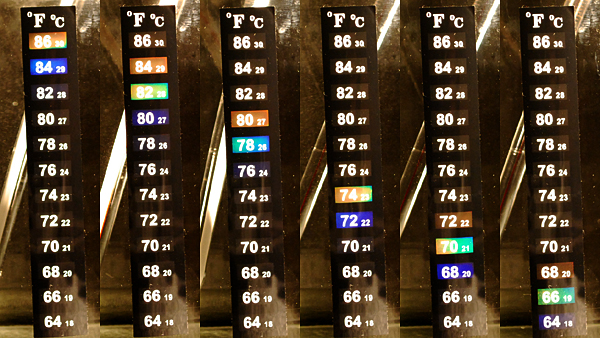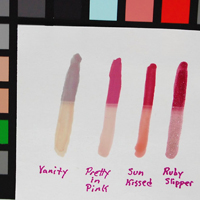How Does a Mood Ring Work? What do the Colors Mean?
If by "work" you are wondering how they tell your mood, then they simply do not work at all! They are fun and they do change colors. However, they are simply liquid crystal thermometers that you wear on your finger. So they do indicate a change in your body, but that change is actually the surface temperature of your finger. Mood rings are filled with a liquid crystal just like the aquarium thermometers described above.
Specifically, these materials are known as thermotropic liquid crystals and they change with temperature in ways very similar to how the liquid crystals in your LCD computer display or television change when an electrical current is applied to them. For mood rings, the system of glass and liquid crystal material that makes up the ring is calibrated to be a green for an average surface body temperature of about 82° F (28° C). As the ring-wearer's skin temperature increases, the liquid crystal changes toward blue and, as the temperature decreases, the ring changes toward black.
The standard interpretations of the colors of mood rings are:
•Dark Blue: Happy, Romantic, or PassionateYou can see that these moods might correlate somewhat with your body temperature, but not always. It is entirely possible that a person could be very happy and very cold and then the mood ring would be completely incorrect. So really the colors mean nothing about your mood, but do tell you something about your finger's temperature.
•Blue: Calm, Relaxed
•Blue-Green: Somewhat Relaxed
•Green: Normal
•Amber: Nervous, Anxious
•Gray: Very Nervous
•Black: Stressed, Tense
![]()
Explore the NEXT TOPIC at this level.
Explore the NEXT LEVEL on this topic.
Ever wonder ... What is the meaning of different colors?
Updated: Apr. 19, 2011

